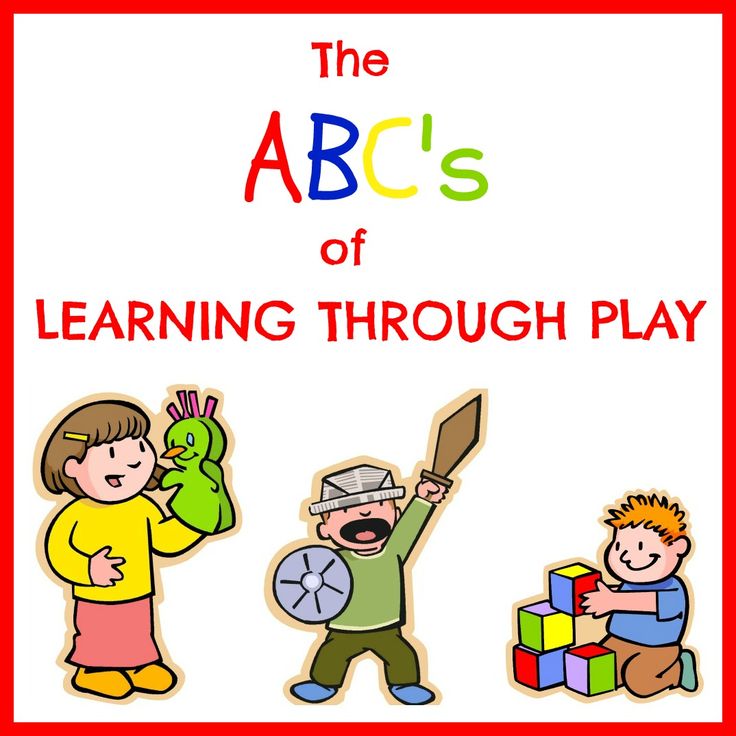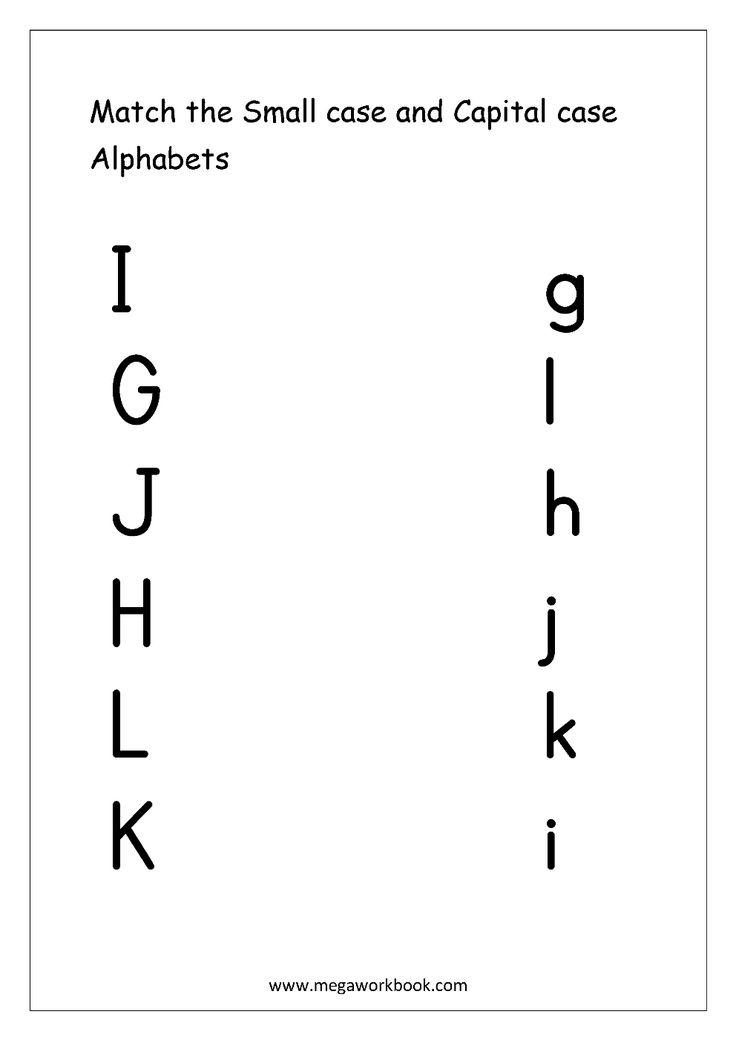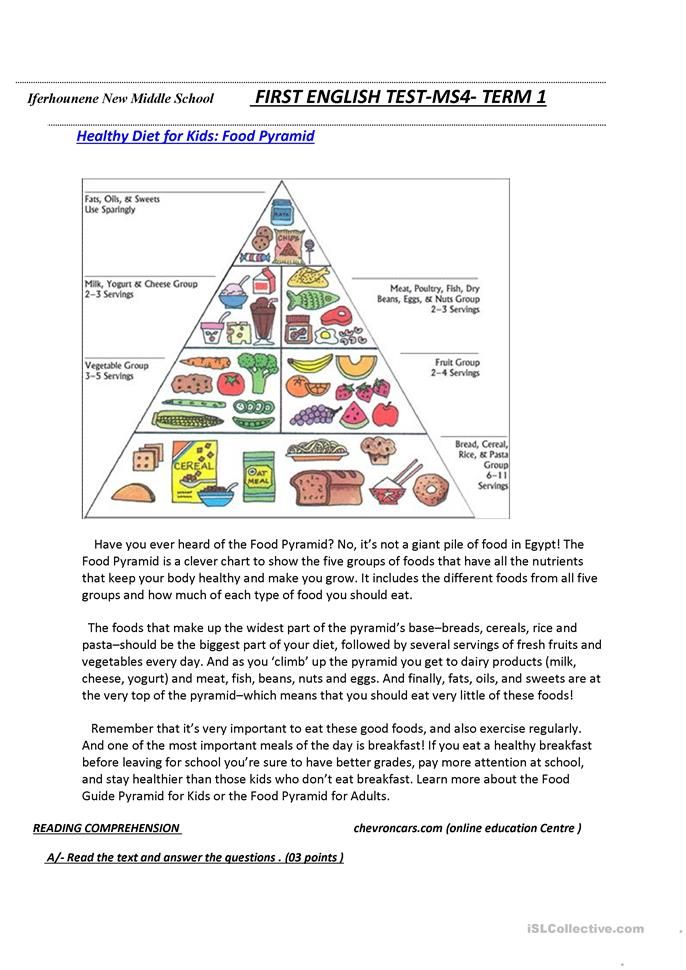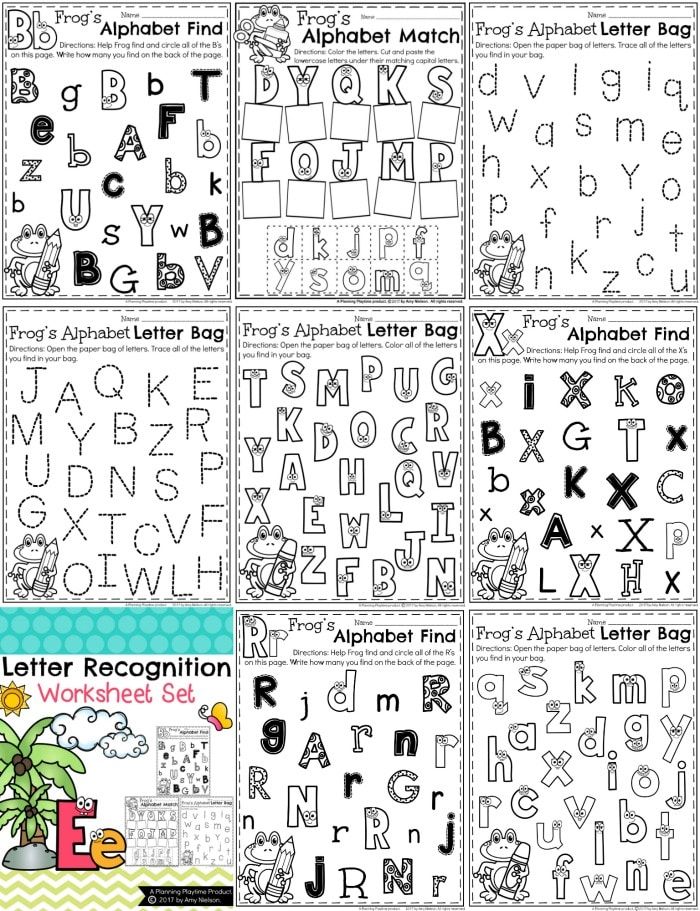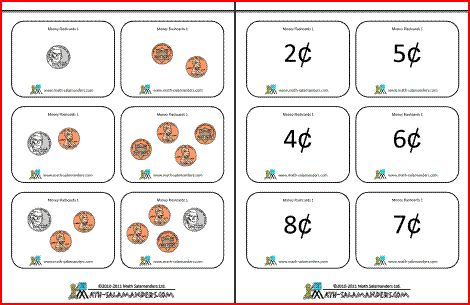Kids learn and play
Las Vegas Child Care | Las Vegas Preschool
Las Vegas Child Care | Las Vegas Preschool | Childrens Learn and Play
Educational
Programs
Infant
6 Weeks to 12 Months
Toddler I
12 Months to 24 Months
Toddler II
2 Years to 3 Years
Early Learners / Pre-K
3 years – 5 years
School-Age Care
6 to 12 years
About Us
Caring for Our Future, Our Greatest Resource, Our Children
Our mission is to provide a special place where we inspire every child to learn and grow! We are committed to fostering a loving, nurturing, safe and home-like environment. Children’s Learn and Play provides a learning experience for each child in preparation for early success and school readiness. Our goal is to support every child’s desire to be a life-long learner by fostering a fun, educational, early learning experience which supports the needs of the whole child’s social, emotional, physical and cognitive development.
Serving as a role model for child care excellence for the community at large.
Read More
INSPIRING YOUNG MINDS
Our teaching methods will help your child develop and maintain a positive, healthy self-concept and encourage your child’s growth to independence as he/she establishes himself/herself away fro home. By partnering with families, together we will cultivate your child’s growth socially and emotionally as he/she learns to interact with there peers.
Call Us Today
(702) 722 1111
Photo
Gallery
More PhotosThe Latest
News from Facebook
Children's Learn and Play
“I am beyond thankful with Children’s Learn and Play. Since registration the staff has been amazing! We as parents worry about leaving our child in care of others, but our child has learned and enjoyed every day since daycare opened their doors. The attention provided to children and parents can only make us feel excited to come every day! We encourage our family and close friends to bring their children and experience the growth in their learning path. We are very thankful with all staff members!”
The attention provided to children and parents can only make us feel excited to come every day! We encourage our family and close friends to bring their children and experience the growth in their learning path. We are very thankful with all staff members!”
Rita G
“I love Children’s Learn and Play! My daughter loves going to Children’s Learn and Play, she looks forward to it every week. The fact that if feels so family driven but still she gets an amazing and well developed learning curriculum. The food they serve is very nutritious and well balanced and kids love it still. I am so glad I got referred to Children’s Learn and Play! My daughter is thriving ever since she started attending!.”
Karina C.
“Let me start by thanking you and your amazing staff for the genuine attention and care you show and give to my children, not only my children, but to all of the kids in their classroom. My
three- year-old already knows how to do things like hold a pencil, color inside the pictures and socialize among other children very well. We love this place and thank everyone here for their time! 😊”
We love this place and thank everyone here for their time! 😊”
Nathaly C.
The 6 Stages of How Kids Learn to Play
Play is all about having fun! Any activity, organized or unstructured, your child finds fun and enjoyable is considered play. But play is much more than just a fun activity for your child! As a child grows they go through different stages of play development.
While playing, children learn and develop important skills they will continue to use throughout their lifetime.
Problem solving, creativity, and willingness to take risks are just a few of the skills developed through play.
Is your child under 2 years old? Enter your baby’s birthday to get weekly activities to help meet developmental milestones.
Children who use their imagination and ‘play pretend’ in safe environments are able to learn about their emotions, what interests them, and how to adapt to situations. When children play with each other, they are given the opportunity to learn how to interact with others and behave in various social situations. Learn more about your child’s social-emotional development.
When children play with each other, they are given the opportunity to learn how to interact with others and behave in various social situations. Learn more about your child’s social-emotional development.
Be sure to give your child plenty of time and space to play. There are 6 stages of play during early childhood, all of which are important for your child’s development. All of the stages of play involve exploring, being creative, and having fun. This list explains how children’s play changes by age as they grow and develop social skills.
Unoccupied Play (Birth-3 Months)At this stage baby is just making a lot of movements with their arms, legs, hands, feet, etc. They are learning about and discovering how their body moves.
Solitary Play (Birth-2 Years)This is the stage when a child plays alone. They are not interested in playing with others quite yet.
Spectator/Onlooker Behavior (2 Years)During this stage a child begins to watch other children playing but does not play with them.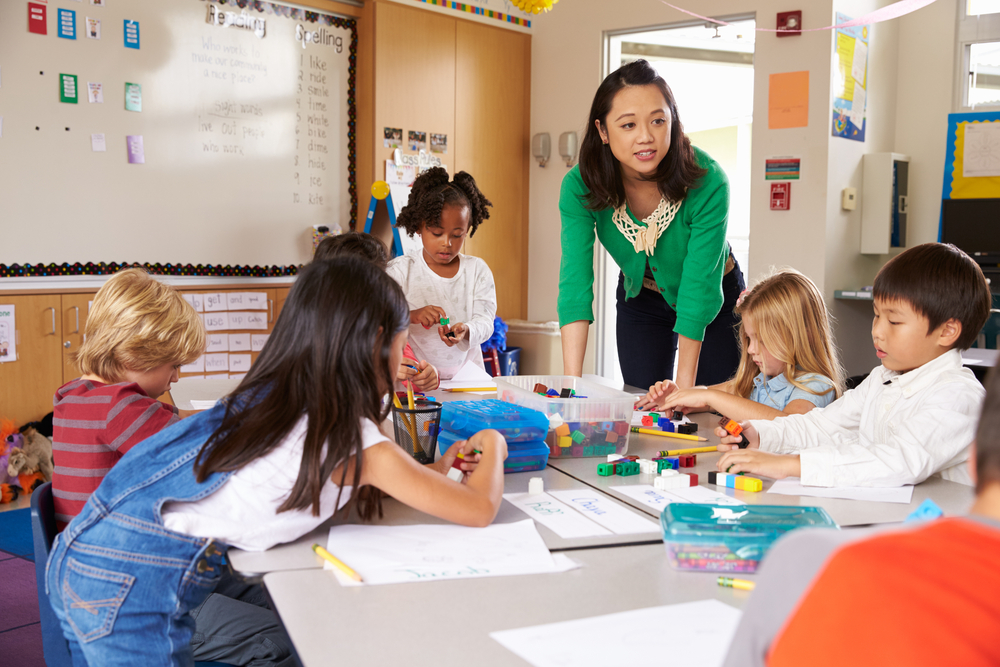
When a child plays alongside or near others but does not play with them this stage is referred to as parallel play.
Associate Play (3-4 Years)When a child starts to interact with others during play, but there is not a large amount of interaction at this stage. A child might be doing an activity related to the kids around him, but might not actually be interacting with another child. For example, kids might all be playing on the same piece of playground equipment but all doing different things like climbing, swinging, etc.
Cooperative Play (4+ Years)When a child plays together with others and has interest in both the activity and other children involved in playing they are participating in cooperative play.
Watch to see what the six stages of play can look like:As your child starts playing with family members and friends, make sure to teach them about sharing and winning and losing.
Play starts when we are babies, but it does not stop there! Including play in your child’s daily routine and giving them time to play is important for their development at every age. These stages are general guidelines for what to expect of your child’s play skills, but remember every child is different and if you have concerns bring them up with your healthcare provider.
Your child makes a lot of changes as they grow. Learn more about how play can change as your little one does.
- How to Play with Blocks at Every Age
- Stages of Peek-a-boo
Sources
Why children learn by playing | Mothers today
Play is the most important activity in a child's life because it allows him to develop all his skills.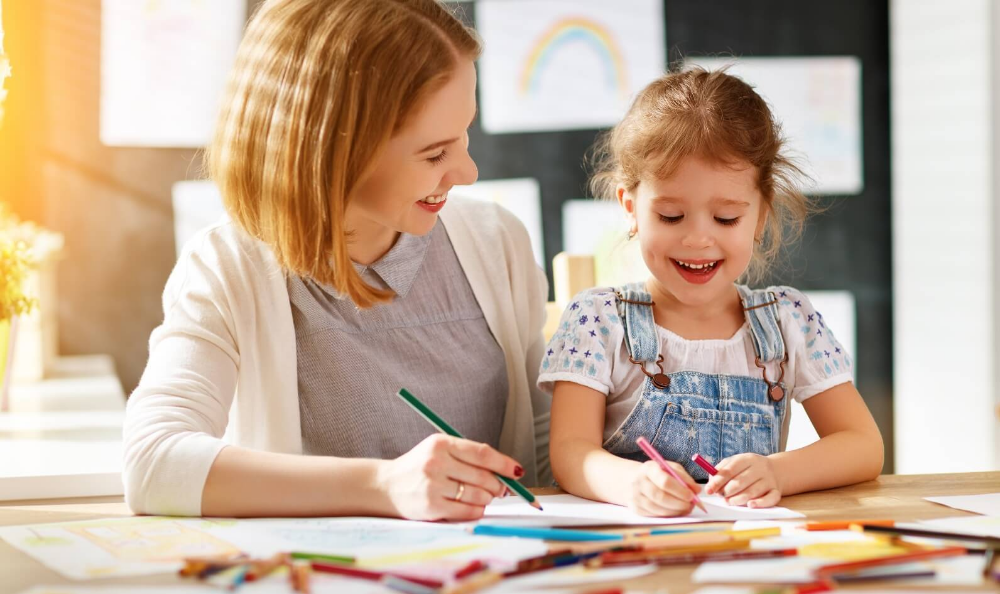 . This is because through play, children learn to think creatively and interact with other children through play.
. This is because through play, children learn to think creatively and interact with other children through play.
So we are going to tell you some interesting facts about play and why children learn by playing. Through this play activity, they learn concepts almost without realizing it. nine0006 And that's what learning is a game!
Index
- 1 Characteristics of the game in children
- 2 When children study: Advantages
- 2.1 Cognitive advantages
- 2.2 Physical advantages in the game
- 2.3 Social benefits
- 2.4 Emotional advantages
Children learn by playing, so parents need to understand what the main characteristics of the game are. nine0005 The game has a number of basic characteristics for children:
- The child has the opportunity to choose what he wants to do.
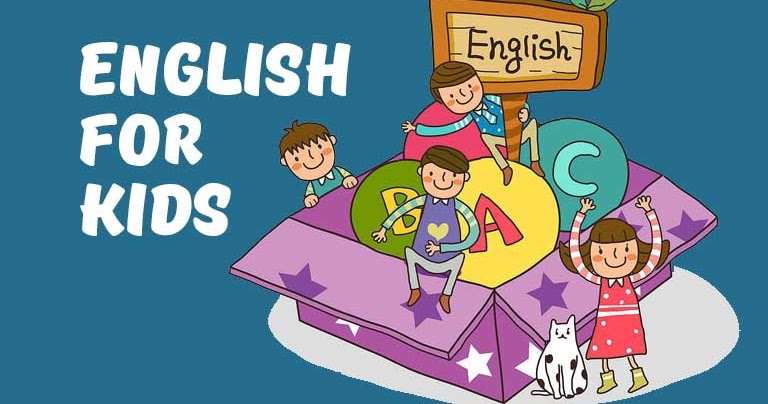
- Thinking about the game gives the child positive emotions, because he knows that he is going to have fun.
- He acts spontaneously, so his performances may or may not work out so well.
- Since the child does what he wants, his motivation is very high
- Children can experiment with new ideas and bring them to life
Through play they develop physically and discover a wide range of emotional skills that help them process the world they live in, both positive and negative. Briefly , the game is necessary for the development of the smallest from the moment they arrive in this world.
Games are associated with answers that make learning easier, especially because of the games and conflicts that may arise with other children during the activity, They help them cope with stress and cope with stress. nine0006 Let's see what benefits play brings to children's education.
When children learn by playing: the benefits
In addition to the obvious intervention of fun in play, the other benefits that play offers are countless.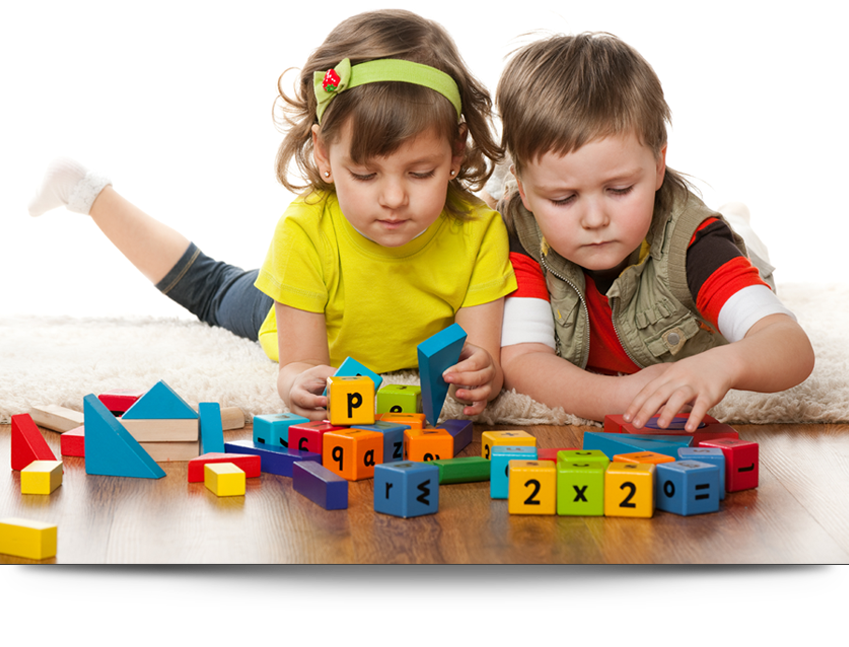 For starters, helps toddlers develop cognitively, physically, socially and emotionally .
For starters, helps toddlers develop cognitively, physically, socially and emotionally .
This is the first contact children have with learning, because through play they explore, face and solve problems, and begin to understand the world and their place in it. Through games, your children have the opportunity to imitate the world they see and practice their skills. Their baggage of creativity and experimentation is growing, and this helps them learn how to interact and communicate with others.
Cognitive benefits
Play promotes children's healthy development and critical thinking skills, which strengthens memory and helps them understand the relationship between cause and effect. The opportunity to play encourages children to explore the different possibilities offered by the game, choose between them, and encourage curiosity to try other options if the first one does not turn out as expected. nine0003
These skills are the basis of intellectual development and cognitive process.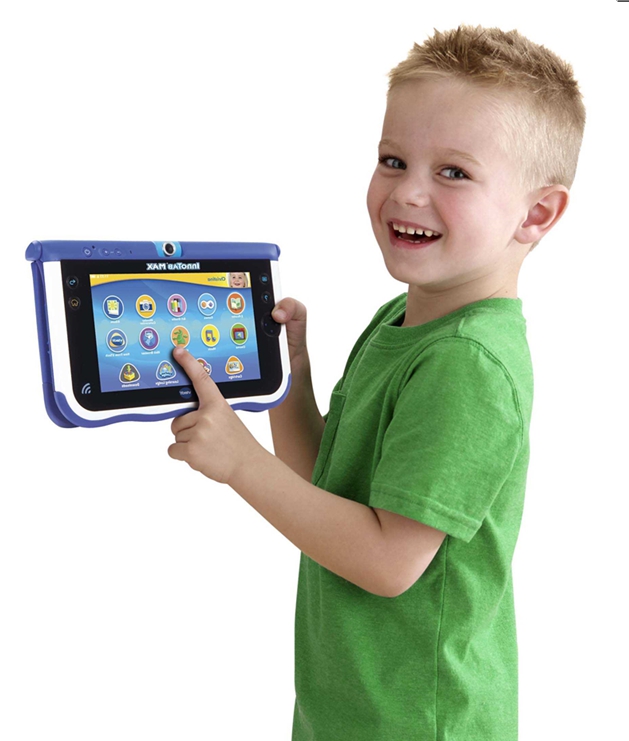 . Play also inspires children to act, create and imagine. They learn to conceptualize and exchange ideas.
. Play also inspires children to act, create and imagine. They learn to conceptualize and exchange ideas.
Physical benefits of learning through play
Children's play often includes many movements, such as running, jumping, building sand castles, climbing trees, swimming in a pool, etc. It is clear that development motor skills are important and this is from great value also for intelligent learning .
Physical activity in play increases children's resilience, flexibility and awareness of their own body, in addition to balance and cognition of the spatial relationships of the world.
All of these benefits help develop concentration and memory. Another great benefit is that physical activity helps channel stress and frustration in a positive direction . nine0003
Social benefits
Social development is important for learning because it helps children learn how to interact with other children and people. By playing with other children, your children develop an understanding of social expectations. and social norms.
By playing with other children, your children develop an understanding of social expectations. and social norms.
The game also provides the opportunity to share thoughts and ideas so that it improves the ability of oral expression, they learn to listen to others and improves your understanding and meaning of communicating with other people as a promise of something and doing it or not. nine0003
Emotional benefits
Children process their feelings and new concepts through play. When children play, they often lose for various reasons, and this causes a feeling of dissatisfaction. sadness, anger, disappointment, etc.
These negative feelings help them gain self-confidence and encourage them to develop their personality and self-esteem. . At the same time, it should be given the importance it deserves for the recreational activities of our children. Playing with other children that includes physical activity will help our children improve their personal and academic performance.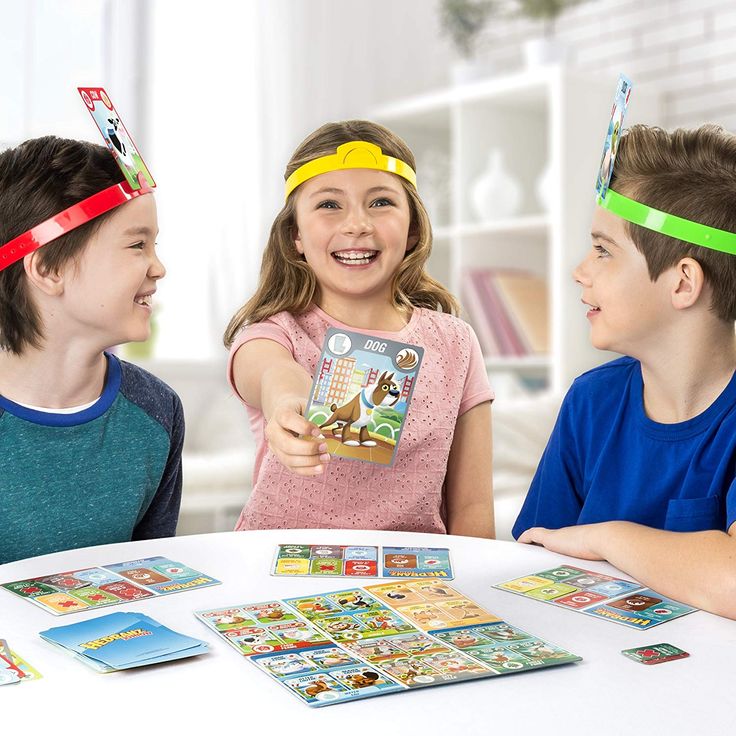 nine0003
nine0003
The content of the article complies with our principles of editorial ethics. To report a bug, click here.
You may be interested in
What children learn by playing together. The baby can see. Secrets of Calm Parents
What children learn by playing together
Children have a lot of fun playing next to each other. I observed a group of four children in one children's center. They went to classes and played together from a very early age, and all this time they were taught by the same teacher. Once, two of them were sitting on the floor, leaning on each other, and the other two were lying next to them, curled up. And then one of them crawled up to a low wooden shelf. Within a few minutes, the rest went to him. They all crossed the room, one by one, and were obviously pleased to be next to each other again. nine0003
Empathy is the ability to understand the feelings of another, it plays an important role in determining the social and moral behavior of a person.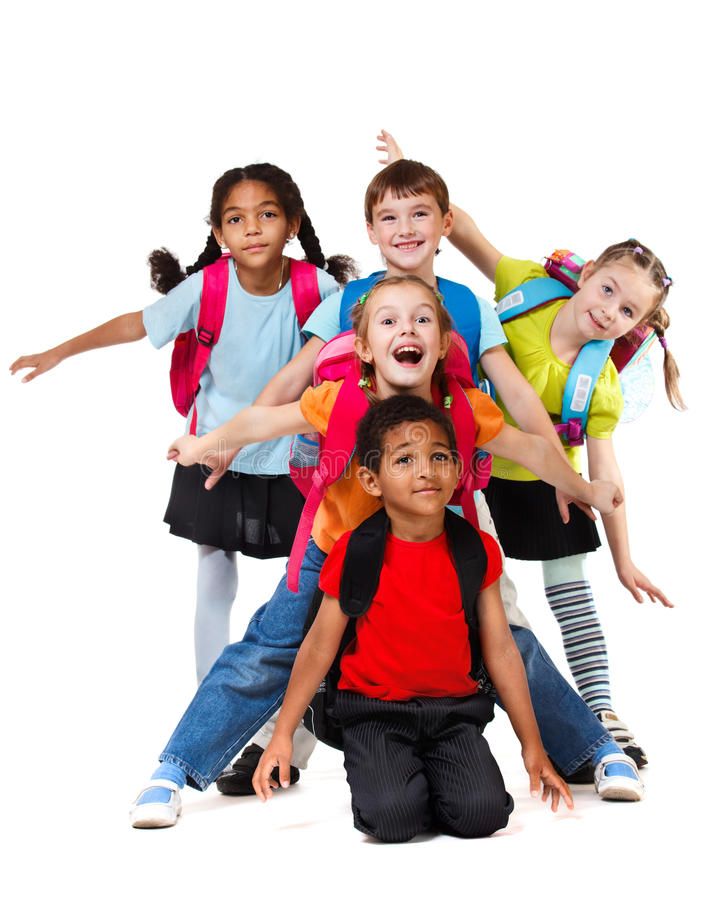 Children learn empathy when they have the opportunity to interact with each other and figure out how their actions affect others. Babies don't have a sense of ownership, so when one child takes an object from another's hand, the other child may take it back or look around for another object to work on. However, after a while, this peaceful toddler may begin to cry or complain when another child takes the toy from him. Instead of severely punishing a child who takes something from another child, asking him to return the bone of contention or share it with a friend, we look at such moments as a wonderful opportunity to learn something. A kid who has had a toy taken away can boldly express all the emotions that he feels about this, and then try to take the item away, or find something else to play with, or be more determined next time. So the child who took the toy has the opportunity to see and feel how his behavior affects others, and the second kid also learns something: he realizes how important the taken toy was for him at that moment and what he is ready to go to return it .
Children learn empathy when they have the opportunity to interact with each other and figure out how their actions affect others. Babies don't have a sense of ownership, so when one child takes an object from another's hand, the other child may take it back or look around for another object to work on. However, after a while, this peaceful toddler may begin to cry or complain when another child takes the toy from him. Instead of severely punishing a child who takes something from another child, asking him to return the bone of contention or share it with a friend, we look at such moments as a wonderful opportunity to learn something. A kid who has had a toy taken away can boldly express all the emotions that he feels about this, and then try to take the item away, or find something else to play with, or be more determined next time. So the child who took the toy has the opportunity to see and feel how his behavior affects others, and the second kid also learns something: he realizes how important the taken toy was for him at that moment and what he is ready to go to return it .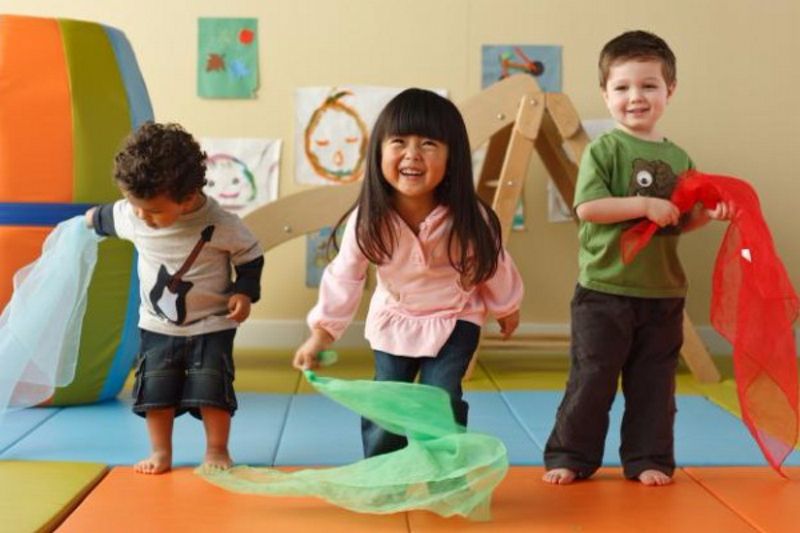 Both children also try to negotiate and find a compromise solution. You won’t learn this quickly, but sooner or later children will be able to wait their turn or pass the toy to another, and this will happen more because they begin to sincerely empathize with each other than because they have learned ... hypocritical politeness imposed on them by adults. If adults are needed to "keep the peace," then what happens when they're not around? Children can learn to sympathize with each other, to be patient and kind, but for this it is necessary that adults agree among themselves to establish clear rules that promote patience and kindness, and to consistently support them. We model the behavior that we would like to see in our children. nine0003
Both children also try to negotiate and find a compromise solution. You won’t learn this quickly, but sooner or later children will be able to wait their turn or pass the toy to another, and this will happen more because they begin to sincerely empathize with each other than because they have learned ... hypocritical politeness imposed on them by adults. If adults are needed to "keep the peace," then what happens when they're not around? Children can learn to sympathize with each other, to be patient and kind, but for this it is necessary that adults agree among themselves to establish clear rules that promote patience and kindness, and to consistently support them. We model the behavior that we would like to see in our children. nine0003
When you are watching several children play, you do not need to say anything until the child looks at you, shows you something, turns to you, or until you have to intervene, because there is some danger: “You filled the balls a whole bucket"; “You stacked the cups one inside the other.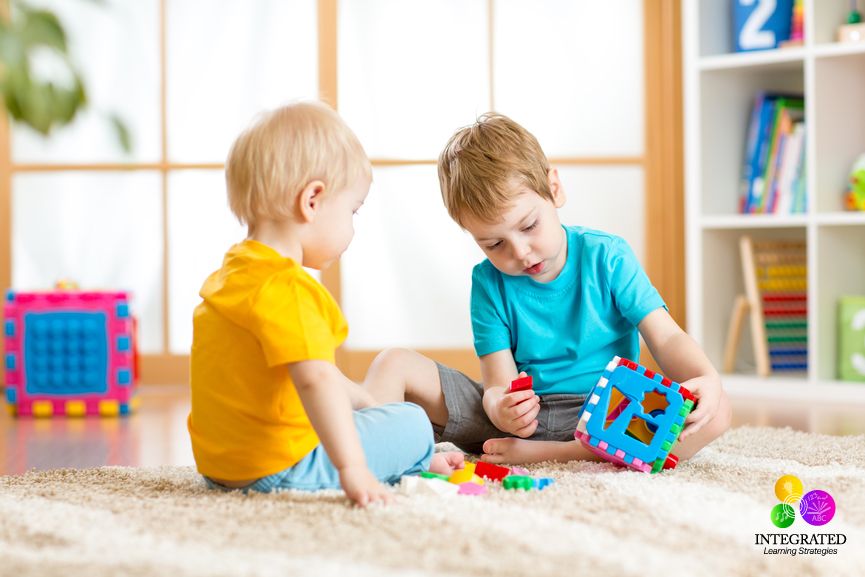 You seem to be very happy about it!”; “It hurts Ethan when you hit him in the head with a dice. If you feel like throwing a die, you can throw it on the floor or in this bucket"; "Sarah is grumbling. She doesn't want you to push her. If you want to play with it, you can gently touch it.” Model children's attentive behavior and give them time to reflect and adopt it. nine0003
You seem to be very happy about it!”; “It hurts Ethan when you hit him in the head with a dice. If you feel like throwing a die, you can throw it on the floor or in this bucket"; "Sarah is grumbling. She doesn't want you to push her. If you want to play with it, you can gently touch it.” Model children's attentive behavior and give them time to reflect and adopt it. nine0003
Liam continues to impress me with his ability to understand and respond to other children's behavior. At first it seemed to me that he needed protection when other children began to crawl and jump around him. On the contrary, I was worried when Liam declared his desires to other children. I was surprised that he, it turns out, can handle these situations on his own. He may be hurt, upset or upset when another child takes a toy from him. He can watch how he plays with her for quite a long time. He sympathizes with other children when they cry. He shows stubbornness when he wants to do something and someone interferes with him.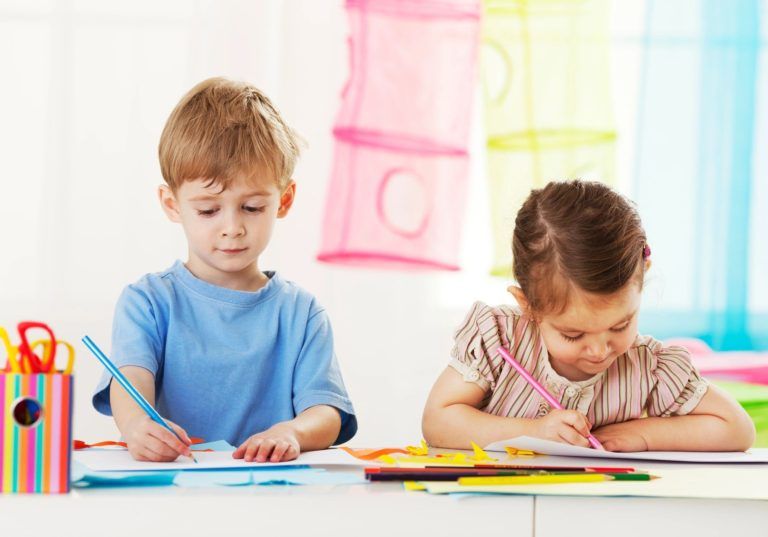 I'm not sure I would have noticed all this if I hadn't gone to the Nurture by Observation training course. There I learned to trust Liam's intentions, not my assumptions about what should have been done. The most important thing for me is his knowledge of the world and development. nine0003
I'm not sure I would have noticed all this if I hadn't gone to the Nurture by Observation training course. There I learned to trust Liam's intentions, not my assumptions about what should have been done. The most important thing for me is his knowledge of the world and development. nine0003
Michael Cassidy
This text is an introductory fragment.
Learning to speak while playing!
Learn to speak while playing! The development of speech does not happen by itself. It is important to purposefully engage with the child, choosing games and exercises that are effective and suitable for his age. Moreover, it is necessary to engage not only in speech itself, but also in the development of abilities, indirectly
Educate by playing!
Educate by playing! How to turn communication with a child into mutual pleasure in five minutes a day. Formation of self-esteem and leadership abilities of children. Your child is still small, you love him very much and, of course, you want to teach a lot and show a lot in life. First lessons
Formation of self-esteem and leadership abilities of children. Your child is still small, you love him very much and, of course, you want to teach a lot and show a lot in life. First lessons
Children learn by imitating their parents
nine0002 Children learn by imitating their parents Most of the ethno-cultural and psychological characteristics of Japanese education and upbringing are rooted in the psychology of the Japanese peasant community, the main occupation of which was the cultivation of rice, which requiresLearn by playing!
Learn by playing! Our three-month-old son cried often and for a long time; went to the doctor; he thoroughly checked the baby, found nothing - and said that we just got "Schreikind" (crybaby), explaining: it happens from time to time, he, the doctor, has such a baby himself ... When the son grew up,
Raising a born reader: read together.
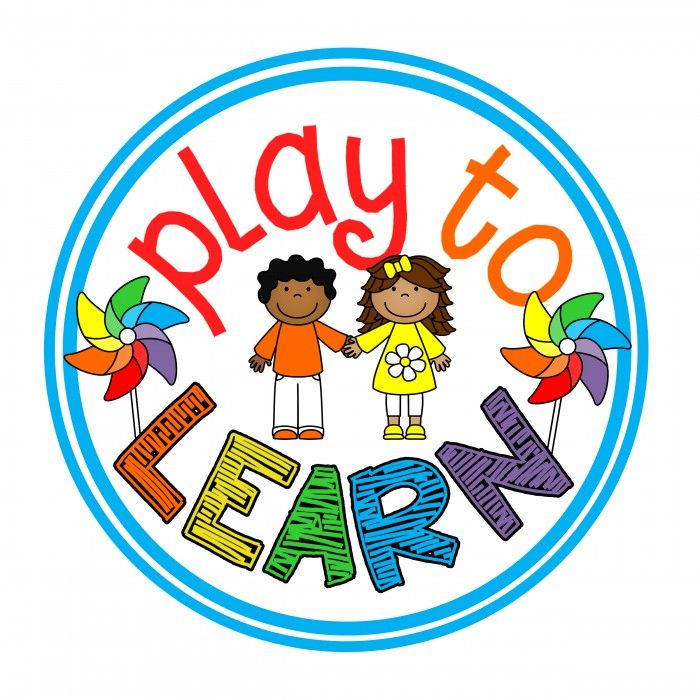 This is the so-called joint game. Be sure to play and read with your child every day
This is the so-called joint game. Be sure to play and read with your child every day Raising a Born Reader: Read Together. This is the so-called joint game. Be sure to play and read with your child every day Babies begin to focus on faces, shapes, and colors, according to child development experts at the Mayo Clinic.0003
Reading together and playing together
Read together and play together The best feature of a child's third year is the ability to both read books and play with digital devices with them. When your baby approaches three years of age, you will have plenty of time to introduce him to
How Introverted Children Learn
nine0002 How do introverted children learn? I am sure that in the development of a child everything is interconnected - what happened before, what is happening now, and what will happen in the future.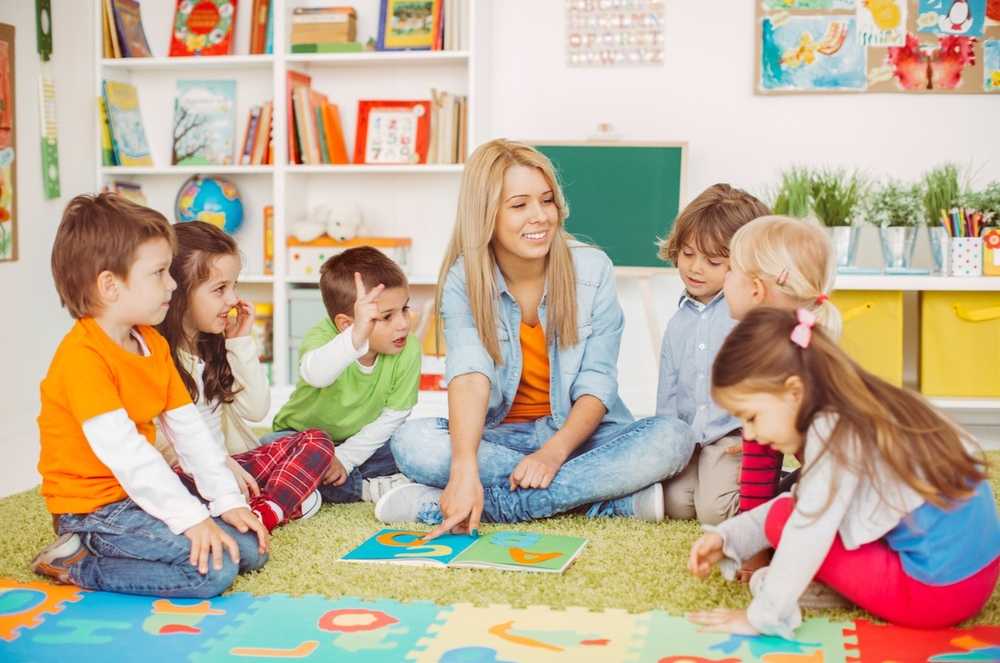 Fred Rogers Whether a child is an introvert or an extrovert largely determines how he learns
Fred Rogers Whether a child is an introvert or an extrovert largely determines how he learns Right-brain dominant children learn better if you...
Right-brain dominant children learn better if you... • When explaining, use visual aids, metaphors, and music. • Do not set rigid time limits when completing tasks. • Help your child manage time and allow
Left-brain dominant children learn better if you...
Left Hemisphere Dominant Children Learn Better When You… • Clearly structure the class time, clearly set the perspective and evaluation criteria. • Use specific cause-and-effect relationships when teaching. • Appreciate such qualities of people with a dominant left
How children learn to move
How do children learn to move When a child moves, signals from the muscles and joints are sent to the brain, and the developing nervous system receives important information about how the body should function in order to move harmoniously.